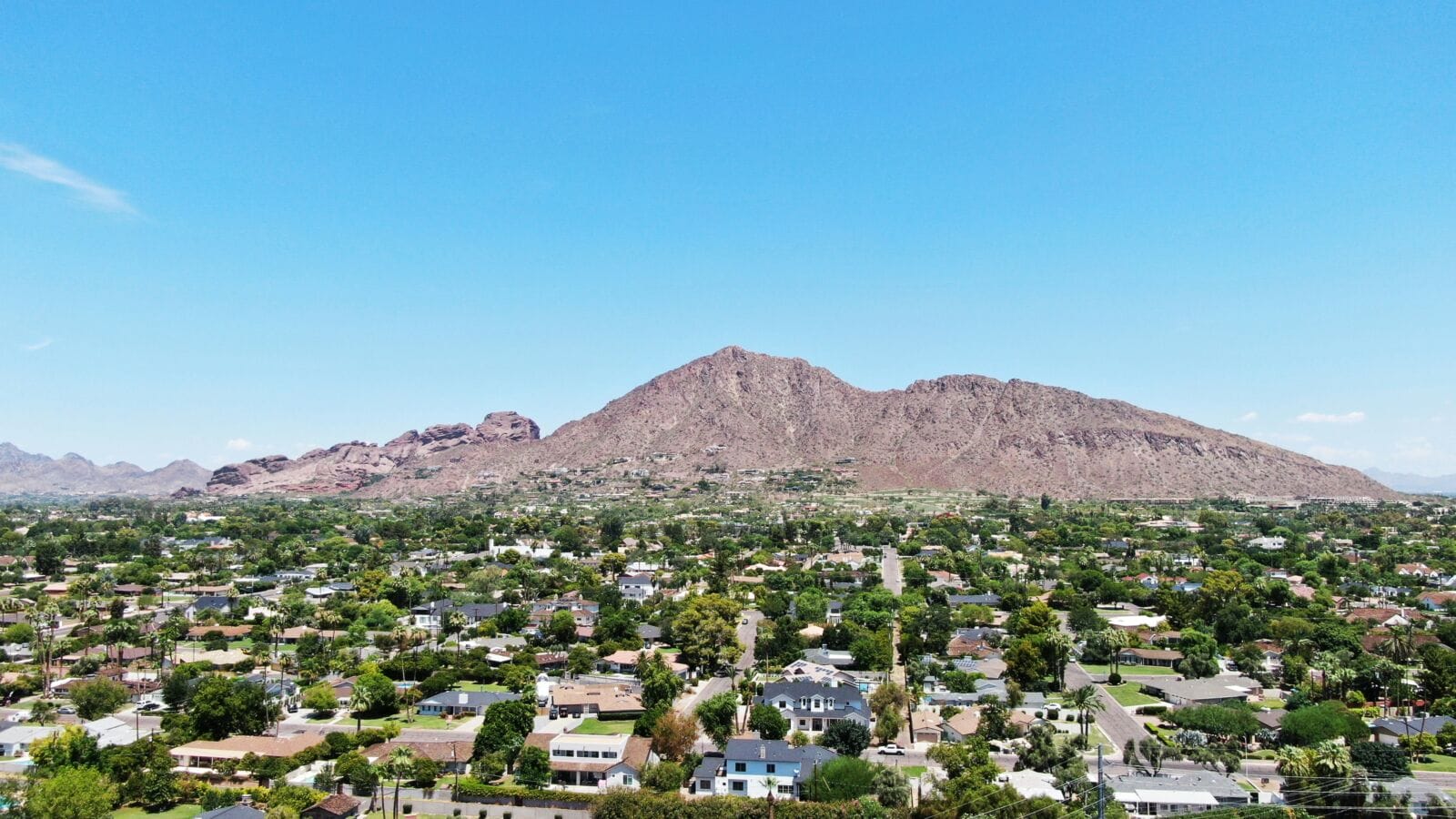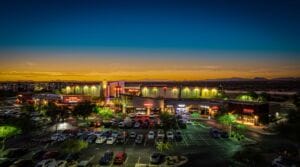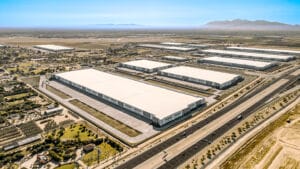When you think about the great state of Arizona, you think about two things: desert and heat. Even the colleges acknowledge it. Go Sun Devils!
But believe it or not, there’s a good amount of green in the state. Most of it is tended to by people, but some is natural. With the rise of the sustainability movement, there is more green than ever in the state, and not enough people to do the landscaping design.
With the state’s rapidly growing urban areas, professional landscape design has stepped into the forefront to add aesthetic value and foster sustainability and community health. This rise from mere aesthetics to a holistic ecosystem is transforming Arizona’s green spaces, and the benefits are far-reaching.
The Importance of Green Spaces in Arizona
Green spaces offer solace from the scorching sun, reduce urban heat-island effects, and provide habitats for native plants and animals.
Have you ever seen a movie in which the hero is trekking through the desert, about to die from dehydration? Then he stumbles on to an oasis, and it’s the most beautiful thing they’ve ever seen. While not as extreme, it’s pretty much the same principle.
They are anchors in a landscape that yearns for color and life. In a state where the implications of climate change are acutely felt, maintaining and creating green spaces is an act of preservation and adaptation.
Beyond their environmental impact, well-designed green spaces enhance public health by promoting active lifestyles and providing places for social interaction and relaxation. They boost property values and attract tourists, contributing to the state’s economy.
The Evolution of Landscape Design
Landscape design in Arizona has evolved a lot over the years. What was once relegated to simple DIY backyard gardening has bloomed into a sophisticated field employing a scientific approach, robust landscaping design software, and a deep understanding of the local ecology.
Landscape designers harness advanced software to plan and visualize intricate projects with precision. Digital modeling tools allow for the simulation of site-specific conditions, ensuring that the final design harmonizes with the natural context.
Modern landscape design integrates ecological principles, such as water-wise planting, permeable hardscapes, and xeriscaping, to minimize water use and maintenance.
Benefits of Professional Landscape Design in Enhancing Green Spaces
Hiring a professional landscape designer offers many benefits for residential and public green spaces. These pros can transform a patch of dirt into an ecosystem that supports biodiversity, conserves water, and delights the senses. If you didn’t know better, you’d think there was some form of sorcery at play.
Integrated landscape designs provide a range of ecosystem services, including improved air quality, reduction in soil erosion, and the creation of wildlife corridors. By designing with the ecosystem in mind, every green space can contribute to the region’s overall health.
Professional designers have the expertise to combine beauty with functionality. It’s part of the job.
They understand spatial relationships, focal points, and the use of colors and textures to create a visually appealing landscape that serves a purpose. And yes, there is usually more than one. It can be anything from noise reduction to shade or even promoting or conserving a native species.
Encouraging the Community to Invest in Green
The transformation of Arizona’s green spaces through professional landscape design is an aesthetic upgrade. There’s no denying that. But it’s also a push toward sustainability and ecological resilience.
The evolution from basic garden projects to sophisticated, ecologically integrated designs highlights the importance of these spaces in combating urban heat, conserving water, and fostering biodiversity.
Beyond their environmental benefits, these green spaces enhance community well-being. They offer serene oases in urban landscapes and promote a healthier, more connected society.
Professional landscape designers meld artistry with ecology to create functional and sustainable green spaces that respect Arizona’s unique environmental conditions.
As Arizona continues to grow, the state’s commitment to enhancing its green spaces is a hopeful testament to its dedication to a healthier, more sustainable future for all its residents. For a related piece, we think you should check out this recent post on the outlook for the Phoenix construction market.




